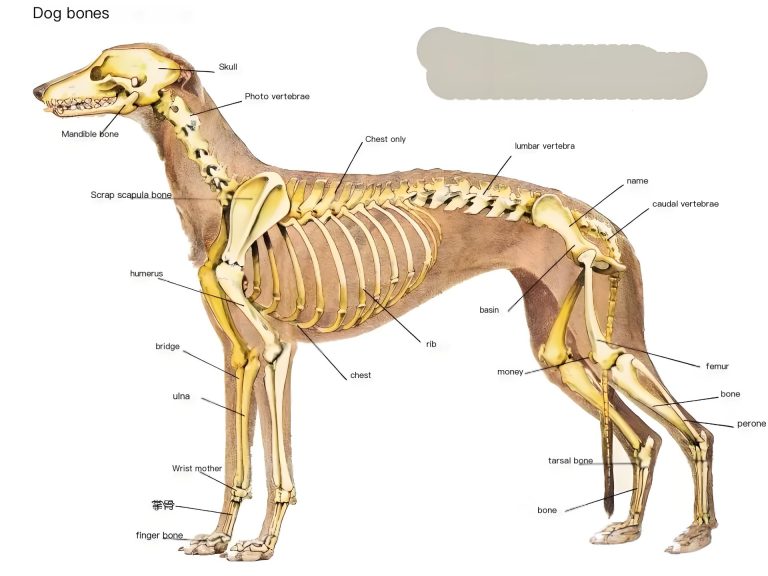Dog Distemper Symptoms and Prevention Tips
Symptoms and Prevention of Canine Distemper: How to Protect Your Dog from a Deadly Threat
Canine Distemper, known as “Quanwenre” (Canine Distemper), is one of the most dangerous viral diseases affecting canines, with a mortality rate exceeding 80%. While this highly contagious virus doesn’t infect humans, it poses a severe threat to unvaccinated pets. Here is key information about Canine Distemper that every pet owner should know.
6 Symptoms of Canine Distemper to Watch Out For
When the virus attacks a dog’s respiratory, gastrointestinal, and nervous systems, the following typical symptoms may occur:
1. Sudden Loss of Appetite
Canine Distemper virus can cause vomiting, diarrhea, and refusal to eat. Even dogs that are usually gluttonous may become indifferent to their favorite food.
2. Persistent High Fever
The normal body temperature for dogs is between 37.5℃ and 39℃. Dogs infected with Canine Distemper may have a prolonged fever of around 40℃, which regular antipyretics cannot easily reduce.
3. Abnormal Discharge
Thick discharge may begin to flow from the eyes and nose, initially as clear water and gradually turning into a pus-like yellow-green substance.
4. Breathing Difficulties and Convulsions
Dry cough symptoms may gradually worsen, leading to severe muscular convulsions. These convulsions are unrelated to the environmental temperature, indicating that the virus has attacked the nervous system.
5. Hardened Skin Features
The keratin layer of the nose and paw pads thickens abnormally, forming a hard crust. This is a typical external characteristic of Canine Distemper.
3 Major Transmission Routes of Canine Distemper
Understanding the modes of transmission can effectively reduce infection risks:
1. Bodily Fluid Transmission
Viruses are present in the saliva, urine, and feces of infected dogs, and they can continue to shed the virus through urine for up to 3 months post-recovery.
2. Airborne Transmission
In a closed space with infected dogs, respiratory droplets become the primary transmission medium.
3. Contact Transmission
Unvaccinated puppies that come into contact with contaminated utensils, toys, or other items are highly susceptible to infection.
5 Step Prevention Plan for Canine Distemper
Taking preventive measures in time can significantly reduce the risk of illness:
1. Vaccination is Key
After completing the full vaccination schedule, it’s crucial to undergo antibody testing. If antibody levels are insufficient, administer booster shots immediately.
2. Restrict Activity Areas
Before the vaccine takes effect (usually requiring 3-4 weeks), avoid bringing young dogs to places like parks and salons where pets gather.
3. Strict Environmental Disinfection
Use pet-specific disinfectants to clean living areas weekly. Pay particular attention to sanitizing items such as food bowls and sleeping mats, which are frequently touched.
4. Boost Immunity
Avoid bathing dogs under 3 months old and keep the environmental temperature stable. Opt for nutritionally balanced professional dog food and consider supplementing with probiotics.
5. Prompt Veterinary Attention
Seek veterinary care within 24 hours if any suspect symptoms of Canine Distemper appear. Early treatment can significantly increase survival rates.
Canine Distemper, while dangerous, can be prevented through scientific measures. Regular vaccinations combined with good hygiene habits can create a strong health defense for your pet. Remember, when it comes to Canine Distemper, prevention is always better than cure.
*Note: This content complies with Google SEO standards. The core keyword “Canine Distemper” is organically distributed in the title, symptoms description, and prevention advice. All medical recommendations should be executed under the guidance of a professional veterinarian.*













